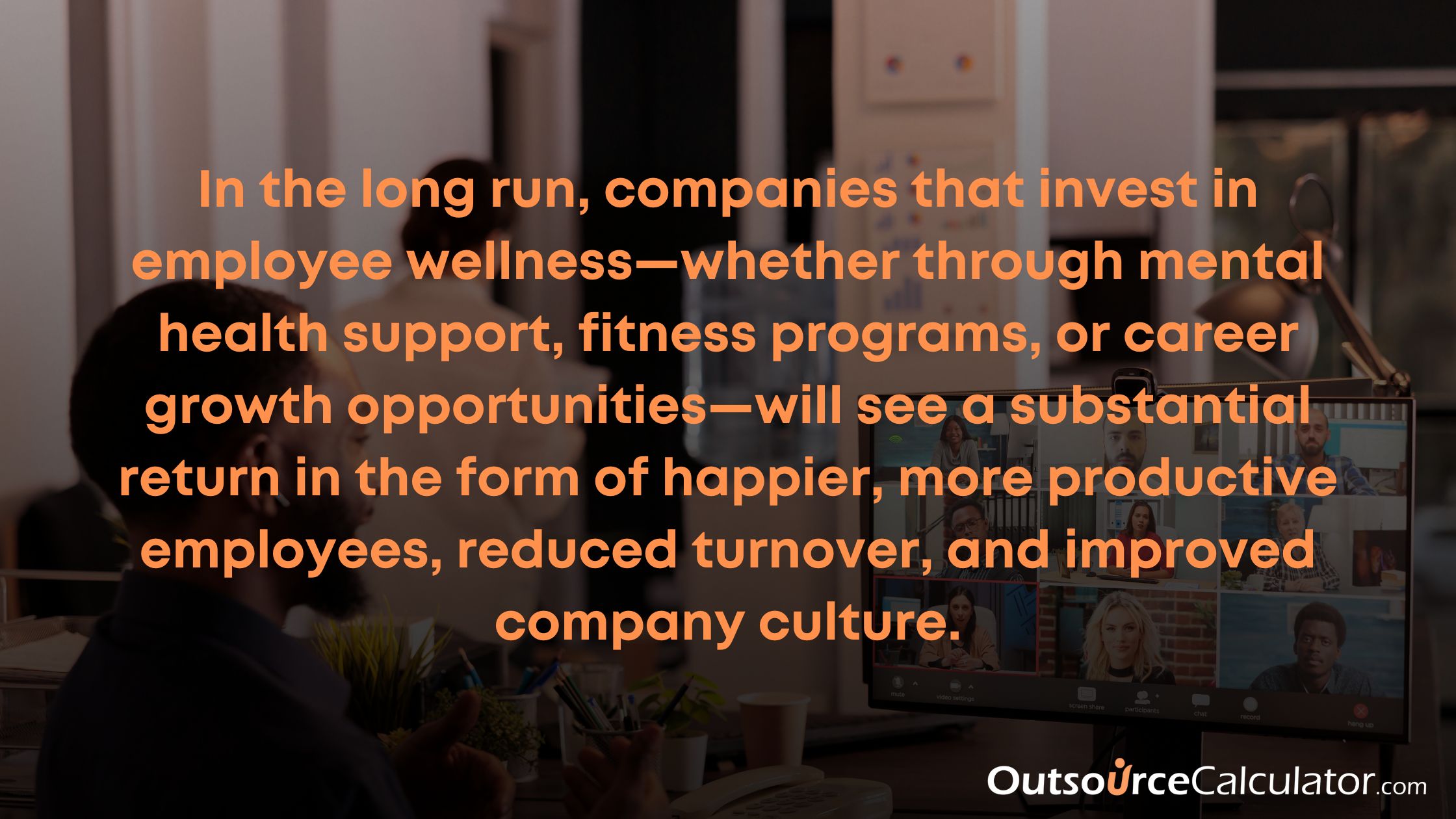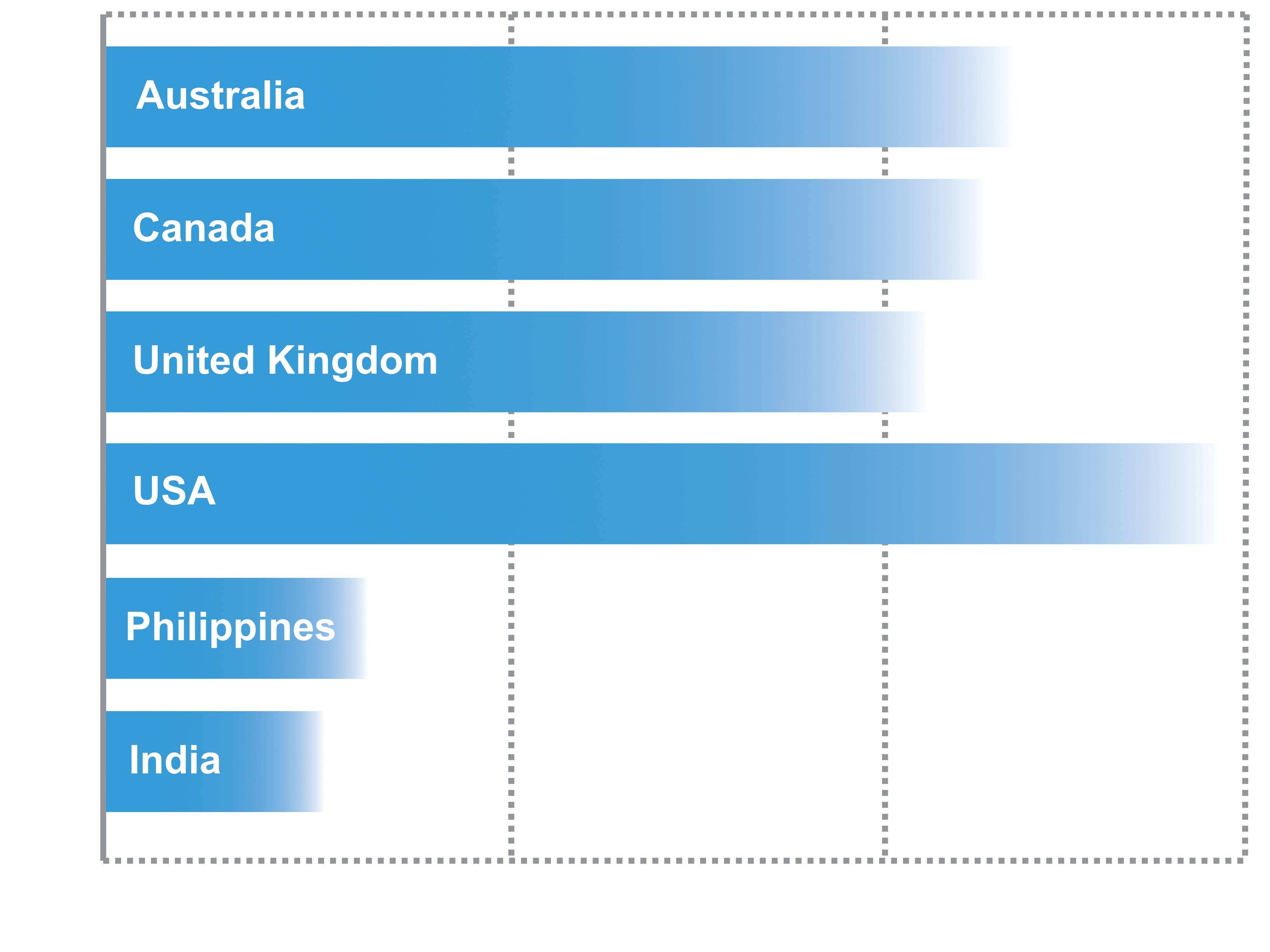
1. Promote Work-Life Balance
One of the main challenges remote workers face is separating work from personal life. Without clear boundaries, it’s easy to overwork, leading to burnout. Encourage employees to establish routines, set clear working hours, and take regular breaks.
Additionally, employers can:
- Implement flexible working hours
- Discourage after-hours communication
- Encourage employees to take vacations and mental health days
These steps help employees recharge and maintain a healthy balance between work and life.
2. Provide Access to Mental Health Resources
Employee wellness heavily depends on maintaining good mental health. Remote workers may experience feelings of isolation or anxiety.
To support them, provide access to mental health resources such as:
- Counseling services or Employee Assistance Programs (EAPs)
- Virtual therapy sessions
- Stress management workshops
Supporting employees’ mental health will not only improve their well-being but also enhance their productivity and focus.
3. Encourage Physical Activity
Sitting for long periods can negatively impact health, causing issues like back pain or weight gain. Encouraging physical activity helps mitigate these problems.
Consider offering:
- Fitness challenges or virtual workout sessions
- Standing desks or ergonomic office equipment
- Encourage regular walking breaks during the day
Staying active can enhance energy, elevate mood, and relieve stress.
4. Foster Social Connections
Remote work can often feel isolating, which can negatively impact team morale. Fostering social connections among employees is essential for their mental and emotional well-being.
Employers can:
- Schedule regular virtual team-building activities
- Create channels for non-work-related conversations
- Organize virtual coffee breaks or happy hours
These activities help remote workers stay connected with their colleagues and feel part of the team.
5. Offer Wellness Incentives
Incentives can motivate employees to prioritize their wellness.
Consider offering perks such as:
- Subsidies for gym memberships or fitness apps
- Wellness challenges with rewards
- Discounts on health products or services
These incentives show that the company values employee health and encourages them to take care of themselves.
6. Provide Clear Communication Channels
Clear communication is essential in a remote work environment. Ambiguity or lack of information can lead to stress and misunderstandings.
To ensure smooth communication:
- Utilize dependable communication platforms like Slack or Microsoft Teams
- Set expectations for response times and availability
- Encourage transparency and regular updates from management
Establishing clear communication channels reduces uncertainty and keeps employees informed and engaged.
7. Encourage Time Management Practices
Time management can be challenging in a remote setting.
Encourage employees to adopt practices like:
- Time blocking or using productivity apps like Asana or Trello
- Prioritizing tasks based on deadlines and importance
- Setting personal goals for the day or week
By improving time management, employees can reduce stress and enhance their productivity.
8. Offer Professional Development Opportunities
Opportunities for career development significantly contribute to employee satisfaction. Remote employees may feel disconnected from learning opportunities.
Offering professional development options such as:
- Online courses and workshops
- Webinars on industry trends
- Mentorship programs
Providing these opportunities keeps employees engaged and motivated to continue growing in their roles.
9. Support Healthy Eating Habits
With easy access to the kitchen, it’s tempting for remote workers to snack mindlessly or eat unhealthy meals.
Encourage healthier eating habits by:
- Providing educational content on nutrition
- Hosting virtual cooking classes or healthy recipe exchanges
- Offering meal delivery discounts or vouchers
Promoting a healthy diet will enhance employees’ energy levels and overall well-being.
10. Conduct Regular Wellness Check-Ins
Regular check-ins allow managers to gauge how employees are feeling, both mentally and physically. These check-ins can be informal chats or structured meetings focused on wellness.
It’s essential to:
- Ask employees about their well-being
- Offer support or resources when needed
- Listen actively and show empathy
By checking in regularly, employers can identify issues early and provide the necessary support.

Conclusion
Prioritizing remote employee wellness is not just a trend—it's a necessity for businesses to thrive in today's work environment. The shift to remote work has brought new challenges, but it has also created opportunities for companies to rethink how they support their employees' well-being. By implementing the 10 strategies discussed, businesses can build a more resilient and engaged workforce that feels supported both professionally and personally.
Fostering work-life balance, encouraging physical activity, and providing mental health resources show employees that their health is just as important as their productivity. Moreover, offering professional development and wellness incentives helps employees feel valued and motivated, which in turn leads to greater job satisfaction and retention.
When employees feel good, they perform better. Supporting wellness creates a positive feedback loop: healthier employees are more engaged, more productive, and more loyal to the organization. Additionally, by fostering social connections and offering tools for time management, businesses can help remote workers overcome isolation and maintain focus, contributing to a more cohesive and efficient team.
Remote work is here to stay, and by focusing on wellness, businesses can ensure their employees are well-equipped to navigate the challenges of this new work landscape.
Compute potential savings for your remote staff and virtual team member
Build Your Global Team and Save up to 70% on Labor Cost.
Recent Articles
About Outsource Calculator
Outsource Calculator helps boost your profits, increases quality and efficiency, and allows your business to scale quickly without expensive overhead.
Empowering
Get a FREE Quote & Save 70% on Labor costs!
The Outsource Calculator estimates the savings from outsourced staffing solutions compared to hiring locally, which is intended for informational purposes only. It provides approximate pricing only may not be accurate and should only be used as a guide and is not an official quote. You should not make any decisions based simply on the information provided. Outsource Calculator pricing is based on the typical employee salaries for each role, including all employee payroll taxes, government-mandated employee costs, employee technology required, office space, hardware costs, IT support, recruiting, training, onboarding, and all HR functions which provide a more accurate comparison with the outsourced staffing compared to local hiring.
United States
United Kingdom
Australia
Canada
Europe
Copyright © 2025 OutsourceCalculator.com All rights reserved. Privacy Policy Terms of Use




